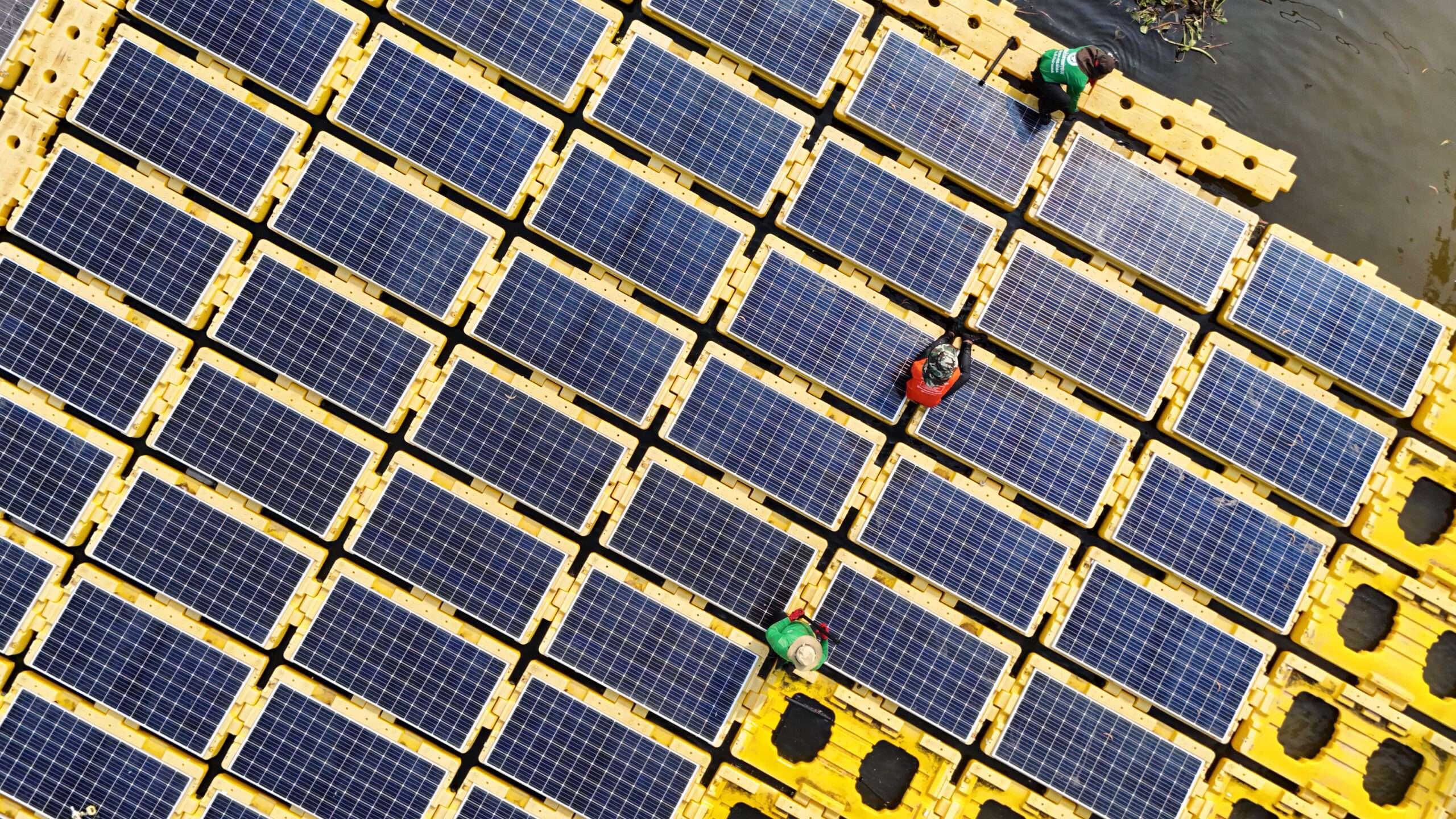
WASHINGTON (MarketWatch) — The biggest engineering project in the history of the world got under way this week, but don’t feel bad if you’ve never heard of it.
[by Darrell Delamaide | December 24, 2014 | MarketWatch]
U.S. mainstream media tends to shy away from reporting anything that doesn’t directly involve American interests, especially when it concerns countries we don’t like.
And the project to construct a new $50 billion, 172-mile canal across Central America to connect the Caribbean to the Pacific Ocean is a collaboration between two of our least favorite countries — China and Nicaragua.
Nicaragua, after all, has been under the control of Daniel Ortega off and on since 1979, when he led the Sandinista Marxist guerrilla movement to power. He now holds office as elected president. China, of course, is a big Communist country in Asia that we are forced to do business with because it is so big.
The groundbreaking this week on the Pacific shore of Nicaragua, the second-poorest country in the hemisphere, took place in spite of considerable opposition to the project on environmental grounds and even greater skepticism that it will ever get finished — both justified to a certain extent.
The murky financing for the project under the aegis of Chinese telecommunications entrepreneur Wang Jing and the ambitious five-year target for completion are further reasons for concern.
Nonetheless, it is worth paying attention to a project that has the potential to transform world trade and boost the economies not only of Nicaragua but the entire American hemisphere. Moreover, it could mark an important watershed for Chinese influence in the Americas.
The new canal will be more than three times as long as the Panama Canal, but wide enough and deep enough to handle even the biggest container ships, which are too big for the existing canal, even after completion of a current expansion in 2016.
The Nicaragua canal is expected to employ 50,000 people in the construction and bring more than 200,000 jobs to the country. The project includes plans for two seaports, an airport, a tourism complex, and a free trade zone.
Nicaraguan government officials called this week’s groundbreaking a “Christmas present” for the country’s people. They have claimed it will double the national economy, triple employment, and lift more than 400,000 people out of poverty.
On the flip side, the project will cut the country in two, disturb tribal grounds, uproot thousands of people, damage wildlife preserves and disrupt migratory patterns, and perhaps contaminate Lake Nicaragua, the biggest source of fresh water in Central America.
Greg Miller, a consultant for IHS Maritime, took to the pages of Wired earlier this year to detail why the canal is a bad idea. He catalogs potential damage ranging from the environment housing “howler monkeys, tapirs, jaguars, and countless tropical birds” to the risk of “venomous Pacific sea snakes invading the Caribbean.”
Backers of the project counter that the route chosen earlier this year out of six that were under study was selected even though it is not the cheapest because it has the least environmental and social impact.
In a largely skeptical story this week, The Wall Street Journal cited one expert who believes the canal is just a cover for Chinese real estate development along the route.
That wouldn’t be the worst thing in the world, either, given the rampant poverty in Nicaragua.
One way or the other, it will certainly mark a beachhead for Chinese interests in Central America, and that is perhaps the significant point in all this.
Both the Suez Canal and the Panama Canal were similarly dogged with controversy, skepticism and setbacks. But the visions propelling them forward cemented the roles of France and England, in the case of Suez, and the U.S., in the case of Panama, as global powers in 19th and early 20th centuries.
If the Nicaragua canal is completed, whether the money is truly private capital funneled through a Chinese entrepreneur or Chinese government money as some suspect, it will be another sign of China’s enhanced role on the global stage.
Brookings fellow Richard Feinberg noted in a blog post in July when the route was announced that “a Chinese grand canal in the middle of the Americas would graphically symbolize the accelerating shifts in geopolitics.”
That China has been astute enough to exploit the hostility between the U.S. and Nicaragua should be a warning about the nature of the rivalry between one aging superpower and another burgeoning superpower.
Secretary of State John Kerry officially declared the Monroe Doctrine dead a year ago, but it’s hardly possible in any case to raise objections to Chinese activity in the hemisphere when we are bound through so many trade and financial ties with China.
Feinberg suggested in his July blog post that the U.S. government has taken a “wait and see attitude,” not prejudging Chinese advances in the hemisphere. “But,” Feinberg added, “a Chinese-Nicaraguan canal would signal a much higher level of Chinese assertiveness.”













